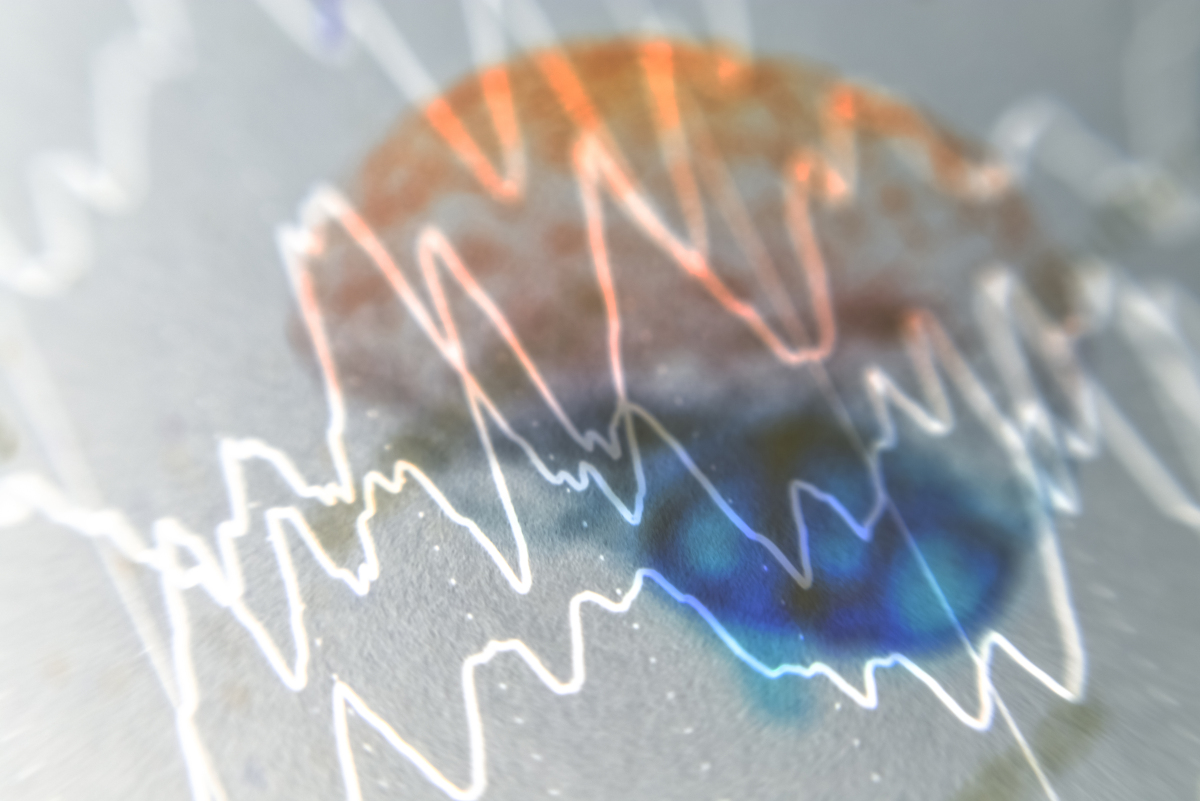From aura to attack: understanding the latest insights on migraine
Up to ten percent of people with migraine experience the phenomenon known as “aura”. The ancient Greeks used this term to describe a cool breath of air. Today, it is used in medicine to refer to certain sensory disturbances that can come before a migraine attack.
A research team from Copenhagen has recently succeeded in unraveling the key mechanisms underlying the processes between aura and migraine attack. In doing so, they have also questioned a long-established principle in medical science.
-
References
Kaag Rasmussen M, Møllgård K, Bork PAR, Weikop P, Esmail T, Drici L, Wewer Albrechtsen NJ, Carlsen JF, Huynh NPT, Ghitani N, Mann M, Goldman SA, Mori Y, Chesler AT, Nedergaard M. Trigeminal ganglion neurons are directly activated by influx of CSF solutes in a migraine model. Science. 2024 Jul 5;385(6704):80-86. doi: 10.1126/science.adl0544.
Göbel H. (2012): Migräne: Diagnostik - Therapie – Prävention. Berlin, Heidelberg: Springer-Verlag, S.28; S. 68-67. Epub 2024 Jul 4. PMID: 38963846.
Göbel H (2020) Erfolgreich gegen Kopfschmerzen und Migräne. Heidelberg: Springer-Verlag, ISBN : 978-3-662-61687-1
www.pschyrembel.de/Ganglion%20trigeminale/K08F9 aufgerufen am 29.8.2024






















